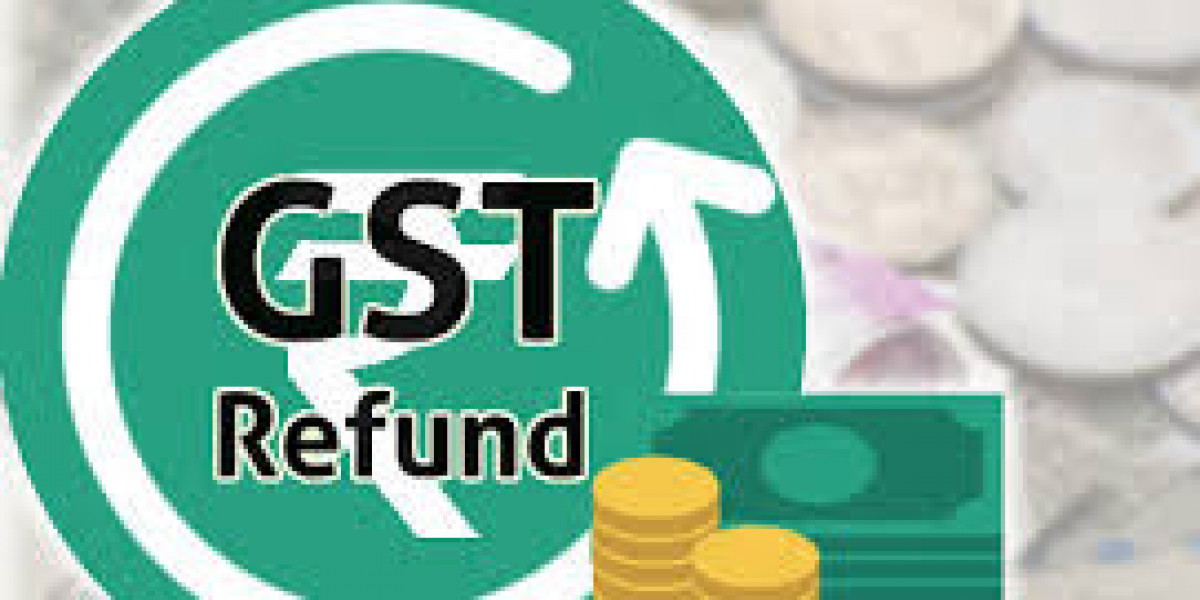The Goods and Services Tax (GST) is a unified indirect tax system introduced in India on July 1, 2017. It replaced a complex web of central and state taxes, bringing a seamless and transparent taxation mechanism across the country. One of the vital features of GST is the provision for a GST refund, which ensures that businesses and taxpayers are not burdened with excess tax payments. The GST refund mechanism plays a critical role in maintaining liquidity for businesses, especially exporters and those dealing in inverted duty structures. But what exactly are the rules and processes involved in claiming a GST refund?
This article will guide you through the rules of GST refund, how to apply, the benefits, different types of refunds, and commonly asked questions about the process.
How Does the GST Refund Work?
The GST refund rule is governed primarily under Section 54 of the CGST Act, 2017, and its associated rules and circulars. A GST refund is claimed when a taxpayer has paid more tax than they owe or is eligible to receive a refund due to zero-rated exports, an inverted tax structure, or other valid grounds.
Businesses can file for a refund electronically through the GST portal (www.gst.gov.in). The refund application must be filed using Form GST RFD-01 along with relevant documents. The refund process includes verification by the tax officer, issuance of acknowledgment, and finally, disbursal of the amount.
Advantages of GST Refund
- Improved Liquidity:
Refunds help businesses maintain cash flow, especially those operating with large tax inputs or working capital requirements. - Boost to Exports:
Exporters get refunds on input taxes, promoting global competitiveness. - Compliance Encouragement:
Efficient refunds motivate taxpayers to remain compliant and file returns on time. - Avoidance of Cascading Effect:
Ensures taxes are not levied on taxes, promoting a fair tax structure. - Trust in Tax System:
A transparent and timely refund system builds confidence in the government’s tax policies.
Steps to Claim a GST Refund
Claiming a GST refund involves a series of steps. Here’s a simplified process:
1. Determine Eligibility
- Make sure your refund claim is valid, such as:
- Export without payment of tax (under Letter of Undertaking)
- Inverted duty structure
- Excess tax payment
- Finalization of provisional assessment
- Deemed export transactions
2. Prepare Documentation
- Required documents may include:
- GSTR-1 and GSTR-3B
- Invoices related to exports or purchases
- Bank realization certificate (for exports)
- CA certificate (if refund > ₹2 lakhs)
- Declaration under Rule 89(2)
3. File Refund Application
- Log in to GST Portal
- Go to Services → Refunds → Application for Refund
- Select the type of refund and file Form GST RFD-01
4. ARN Generation and Acknowledgment
- After submission, an Application Reference Number (ARN) is generated.
- The tax officer may acknowledge the application within 15 days.
5. Processing of Refund
- The officer scrutinizes the application.
- Additional information may be sought under Form RFD-03
- If found valid, a provisional refund (90%) is sanctioned within 7 days.
6. Refund Sanction or Rejection
- Final order passed in Form RFD-06
- Refund issued to the bank account registered with GSTN.
Types of GST Refund
Understanding the different types of refunds is essential:
1. Refund on Export of Goods/Services
- Zero-rated supplies without payment of tax under LUT/Bond
- Refund of input tax credit (ITC) is allowed.
2. Inverted Duty Structure Refund
- When the input tax rate is higher than the output tax rate.
- Refund of the unutilized ITC is permitted.
3. Refund of Excess Tax Paid
- Mistaken payment of tax under the wrong head or excess amount.
4. Refund on Provisional Assessment
- In case of finalization of provisional assessment under GST.
5. Refund of Taxes Paid on Supplies to SEZ
- Supplies made to Special Economic Zones are zero-rated.
6. Refund on Account of Deemed Exports
- Supplies considered as exports, even if goods do not leave the country.
Rules and Regulations Governing GST Refund
- Rule 89 to Rule 97A of CGST Rules govern the detailed refund process.
- Refund must be claimed within 2 years from the relevant date.
- No refund is allowed if the amount is below ₹1,000.
- In case of deficiency, a Deficiency Memo (RFD-03) is issued, and a fresh application must be filed.
- Refund is generally credited to the taxpayer’s bank account.
- Interest is payable by the government if the refund is delayed beyond 60 days from the date of receipt of a complete application.
Conclusion
The GST refund process is an integral component of India’s indirect taxation system. It supports honest taxpayers and exporters by ensuring they are not burdened with excessive taxes. Understanding the rules, types, and procedures involved in the GST refund mechanism is essential for businesses aiming to maintain smooth financial operations and compliance. While the digital portal has made refund filing relatively easier, it is crucial to keep documentation accurate and up to date to avoid delays or rejections.
If managed correctly, the GST refund can become a strategic tool for improving working capital and ensuring business sustainability, especially in competitive and export-oriented industries.
FAQ
Q1. What is the time limit to claim a GST refund?
A. The time limit to file a GST refund claim is 2 years from the relevant date as per Section 54 of the CGST Act.
Q2. How long does it take to receive a GST refund?
A. Provisional refund (for exporters) is issued within 7 days, and the final refund is processed within 60 days from the date of complete application.
Q3. Can I claim a GST refund for services exported without paying tax?
A. Yes, you can export services under LUT (Letter of Undertaking) without paying tax and claim a refund of the input tax credit.
Q4. What is the minimum refund amount?
A. GST refunds are not allowed for amounts less than ₹1,000.
Q5. Can a GST refund be denied?
A. Yes, if the refund claim is found invalid, incomplete, or unsupported by documents, it may be denied through RFD-08 and a hearing opportunity is given.
Q6. Is interest paid on delayed GST refunds?
A. Yes, interest at 6% per annum is paid if the refund is delayed beyond 60 days. In cases of refund from orders of adjudication, interest may be 9%.
Q7. What is an ARN in GST refund?
A. ARN (Application Reference Number) is a unique number generated when a refund application is submitted. It helps track the status.
Q8. Can I file GST refund manually?
A. No, GST refunds are to be filed online through the GST portal only, except in specific offline cases under CGST Rule 97A.








